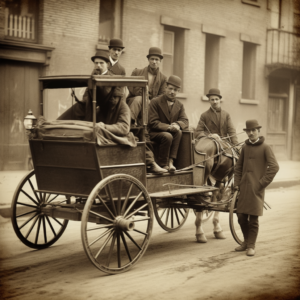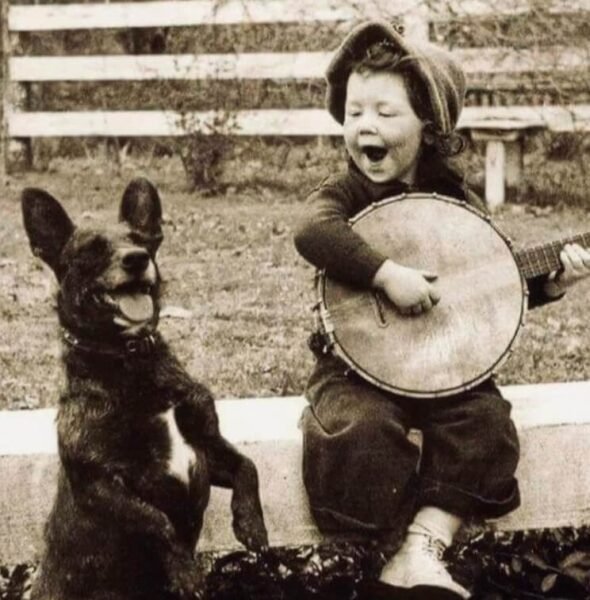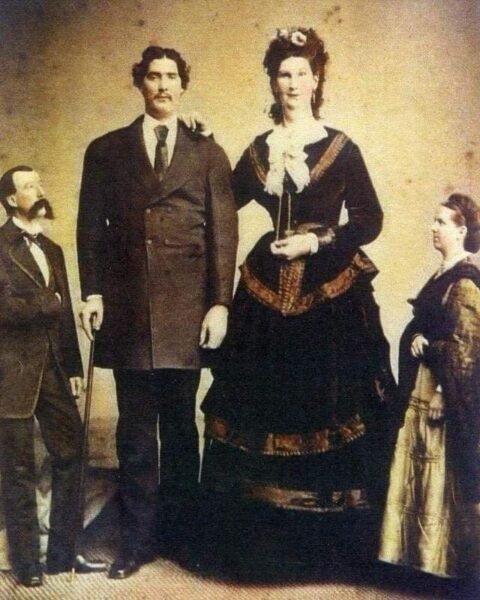Great Depression food tells a story of resilience, creativity, and survival during one of the most challenging periods in American history. For many families, meals weren’t just about nourishment—they were a daily reminder of the struggle to make ends meet. With jobs scarce and money tight, people relied on ingenuity to stretch limited resources into meals that could feed entire households.
From homemade bread to simple soups, the food of the Great Depression wasn’t fancy, but it was deeply rooted in necessity and thrift. These humble recipes and practices have left an enduring legacy, teaching us valuable lessons about resourcefulness and gratitude. Let’s take a closer look at what families ate, how they coped, and what we can learn from this remarkable era in history.
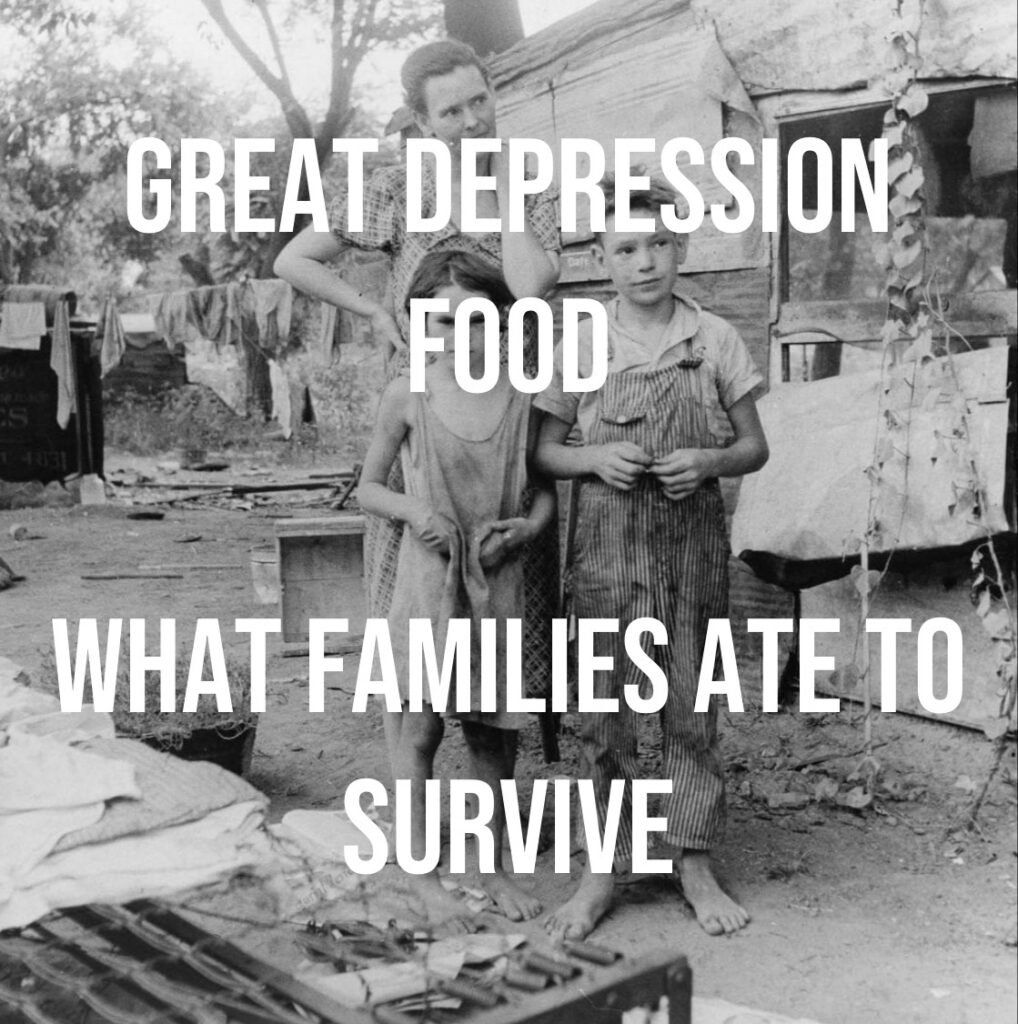
What Food Was Popular During the Great Depression?
During the Great Depression, popular foods were those that were cheap, filling, and easy to prepare. Meals were often built around staples like potatoes, beans, rice, and bread—ingredients that could stretch to feed large families without breaking the bank.
Notable Depression-Era Dishes:
- Hoover Stew: A simple but hearty dish made with macaroni, canned tomatoes, and whatever vegetables or meat scraps were available.
- Depression Cake: Also known as “wacky cake,” this dessert was made without eggs, butter, or milk, relying instead on vinegar and oil.
- Cornbread and Gravy: A common pairing that made use of inexpensive cornmeal and leftover fat drippings.
Families often got creative, combining ingredients in unusual ways to avoid wasting anything. For example, stale bread was repurposed into bread pudding, and vegetable scraps were transformed into flavorful broths. To gain more insight into what life was like for families during this time, explore the Life of a Young Girl During the Great Depression. It’s a fascinating glimpse into how families managed their day-to-day lives with limited resources.
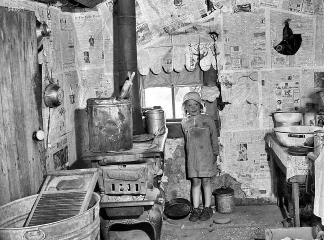
What Did the Poor Eat During the Great Depression?
For impoverished families, survival often hinged on ingenuity, community support, and government programs. Many relied on soup kitchens, food lines, and charity organizations to get by. Meals were rarely balanced or nutritious but focused on keeping hunger at bay.
Common Foods for the Poor:
- Soup Kitchens: These provided hot, simple meals like watery soup and bread. Al Capone famously funded soup kitchens in Chicago, helping feed thousands during the early years of the Great Depression. Learn more about his efforts in The Other Side of Al Capone: A Mobster’s Mission to Aid the Unemployed.
- Government Surplus Food: Items like powdered milk, canned meat, and dried beans were distributed to struggling families.
- Foraged Foods: Many turned to foraging for dandelion greens, berries, and other edible plants.
Communal efforts, like sharing ingredients to create a “stone soup” or hobo stew, also played a significant role in survival. These meals became symbols of resilience and solidarity, showing how communities came together to endure tough times.

What Were Depression Thrifty Foods?
During the Great Depression, “thrifty foods” became a way of life for families trying to stretch every penny. These meals were built around simple, affordable ingredients that could be made in bulk or repurposed for multiple dishes. Creativity in the kitchen was essential to keep meals both filling and varied.
Examples of Depression Thrifty Foods:
- Potato Dishes: From mashed potatoes to potato soup, this versatile and inexpensive staple was a lifeline for many families.
- Biscuits and Gravy: A hearty breakfast or dinner option made with flour-based biscuits and gravy from leftover fat drippings.
- Rice and Beans: This pairing was cheap, nutritious, and easy to make in large quantities.
- Mock Foods: Recipes like mock apple pie (made with crackers) mimicked expensive treats using affordable ingredients.
Cooking outdoors was also common for families with limited kitchen resources. Learning practical survival skills like cooking over an open flame became essential. For a helpful guide on outdoor cooking, check out How to Build a Campfire Like a Pro. Thrifty cooking wasn’t just about saving money—it was about survival, ingenuity, and making the most of what you had.
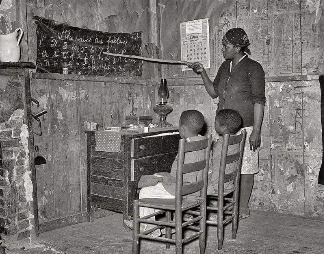
What Did Homeless People Eat During the Great Depression?
The Great Depression forced many families and individuals into homelessness, where finding food was a daily struggle. Without access to regular meals, the homeless often had to rely on ingenuity and the kindness of others to survive.
Ways Homeless People Found Food:
- Hobo Stew: A communal dish where individuals contributed whatever food they had—potatoes, vegetables, or scraps—cooked over an open fire.
- Dumpster Diving: Searching for discarded food behind stores and restaurants became a necessity for many.
- Bartering: Homeless individuals often traded small tasks or goods for food. For example, sweeping a store might earn a slice of bread or a bowl of soup.
- Foraged Foods: Wild plants like dandelion greens and berries were gathered to supplement meals.
Homeless camps, sometimes referred to as “Hoovervilles,” were often makeshift communities where people shared resources, including food. Learning how to create emergency shelters and sustain oneself became critical for survival. You can read about practical survival techniques in DIY Emergency Shelter Techniques for Survival in the Wild. Despite the hardships, these acts of cooperation and ingenuity reflect the resilience of people during this challenging time.
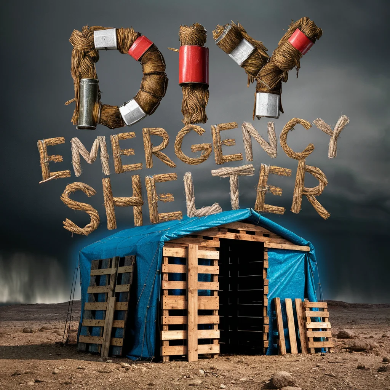
What Did People Eat for Breakfast During the Great Depression?
Breakfast during the Great Depression was often a simple, no-frills meal designed to provide energy for the day without using expensive ingredients. Families relied on staples that were cheap, filling, and easy to prepare in large quantities.
Common Depression-Era Breakfasts:
- Oatmeal or Cornmeal Mush: These hearty grains were cooked with water or milk (if available) and sometimes sweetened with a little sugar or syrup.
- Stale Bread with Milk: Bread nearing its expiration was softened in warm milk, turning it into a simple, comforting dish.
- Biscuits or Cornbread: Homemade biscuits or cornbread, often made from scratch with flour or cornmeal, were paired with butter or gravy.
- Fried Potatoes: Leftover potatoes from dinner often found their way to the breakfast table, fried and lightly salted.
Meat and eggs were considered luxuries for many, reserved for special occasions if they were available at all. These humble breakfasts were designed to fuel long days of hard work, whether on a farm or in search of employment.
For a glimpse into how people adapted to such tough times, explore Life of a Young Girl During the Great Depression to see the resilience and creativity that defined daily life during the era.
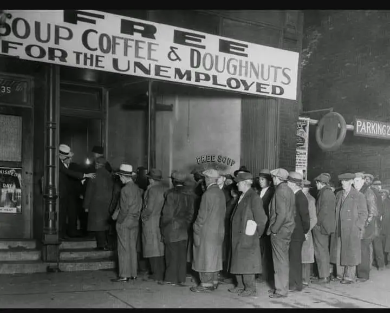
What Did the President Eat During the Great Depression?
While many Americans struggled to put food on the table during the Great Depression, the meals served at the White House often stood in stark contrast. Presidents Herbert Hoover and Franklin D. Roosevelt dined more lavishly than the average citizen, though public perception and political optics sometimes influenced their menus.
Herbert Hoover’s White House Meals:
President Hoover, who served at the start of the Great Depression, was criticized for seeming out of touch with the struggles of ordinary Americans. White House dinners often included elaborate multi-course meals, featuring roasted meats, fine wines, and desserts. His perceived indifference to the nation’s suffering earned him significant criticism.
Franklin D. Roosevelt’s Approach:
When FDR took office in 1933, he made a conscious effort to reflect a more modest image. Meals at the Roosevelt White House often included simpler dishes like soup, salads, and American comfort foods. Eleanor Roosevelt, known for her practicality, famously served frugal meals like scrambled eggs and boiled chicken at state dinners to align with the country’s struggles.
This contrast highlights the disparity between leadership and the general population during the Great Depression. For an intriguing look at societal divides during that era, read about The Other Side of Al Capone: A Mobster’s Mission to Aid the Unemployed to see how unexpected figures played roles in addressing widespread poverty.

What Was the Main Cause of the Great Depression?
Understanding the causes of the Great Depression provides valuable insight into why food scarcity and economic hardship became so widespread. While the Depression had multiple contributing factors, a few key events stand out as its main triggers.
Key Causes of the Great Depression:
- The Stock Market Crash of 1929: Often referred to as “Black Tuesday,” this crash wiped out billions of dollars in wealth, leading to a collapse in consumer spending and investment.
- Bank Failures: As financial institutions closed their doors, people lost their savings, and businesses struggled to secure loans, further exacerbating the economic crisis.
- Agricultural Overproduction: Farmers had been producing large quantities of crops throughout the 1920s, leading to a surplus that caused prices to plummet. Many farmers were left unable to pay their debts, losing their land in the process.
- Global Trade Decline: Tariffs like the Smoot-Hawley Tariff Act restricted international trade, further isolating the U.S. economy and limiting opportunities for recovery.
The economic collapse not only affected jobs and finances but also reshaped the way Americans lived and ate. Families had to adjust to severe financial strain by adopting frugal habits, including cooking depression-era meals that focused on thrift and creativity.
To explore how resilience during the Great Depression influenced future generations, check out What 1960 Predictions About the Future Got Right and What They Missed for a fascinating look at how past struggles shaped visions of progress.
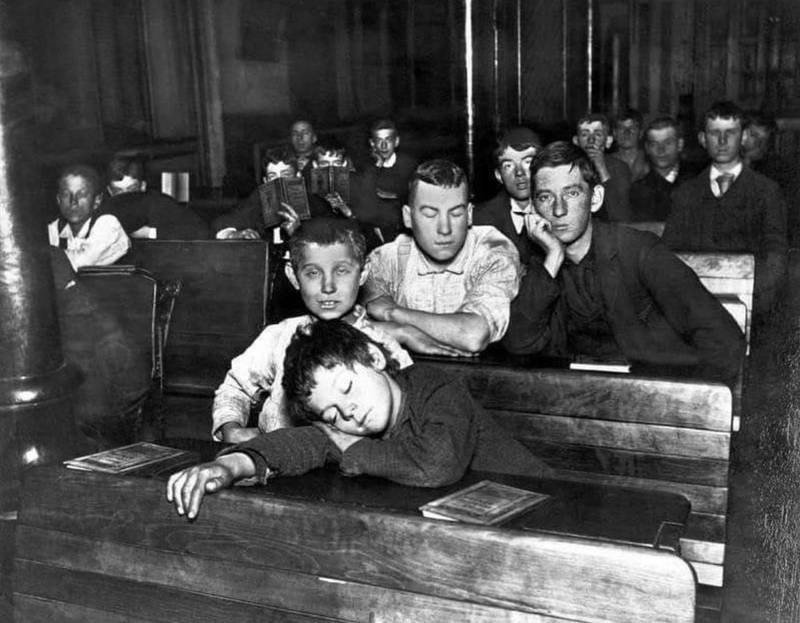
Lessons from Great Depression Food Problems
The resourcefulness of families during the Great Depression teaches us timeless lessons about resilience, creativity, and gratitude. The meals of that era weren’t just about filling stomachs—they were about making the most of what little was available and wasting nothing.
Lessons We Can Apply Today:
- Reduce Food Waste: Families during the Great Depression used every scrap of food. Leftovers became soups, stale bread became pudding, and vegetable peels were turned into stock.
- Embrace Simplicity: Simple meals like rice and beans or cornbread and gravy remind us that good food doesn’t have to be complicated or expensive.
- Value Community: Many families leaned on neighbors and local communities to share resources, exchange meals, and support one another.
- Stretch Ingredients: Depression-era recipes were designed to make a little go a long way. From “mock apple pie” made with crackers to Hoover stew, creativity turned basic ingredients into meals that could feed a family.
Modern families can draw inspiration from these practices, incorporating some of these techniques into their lives for greater sustainability and resourcefulness. For a deeper dive into historical innovation and resilience, read Life of a Young Girl During the Great Depression. It’s a powerful reminder of how much we can learn from the past.
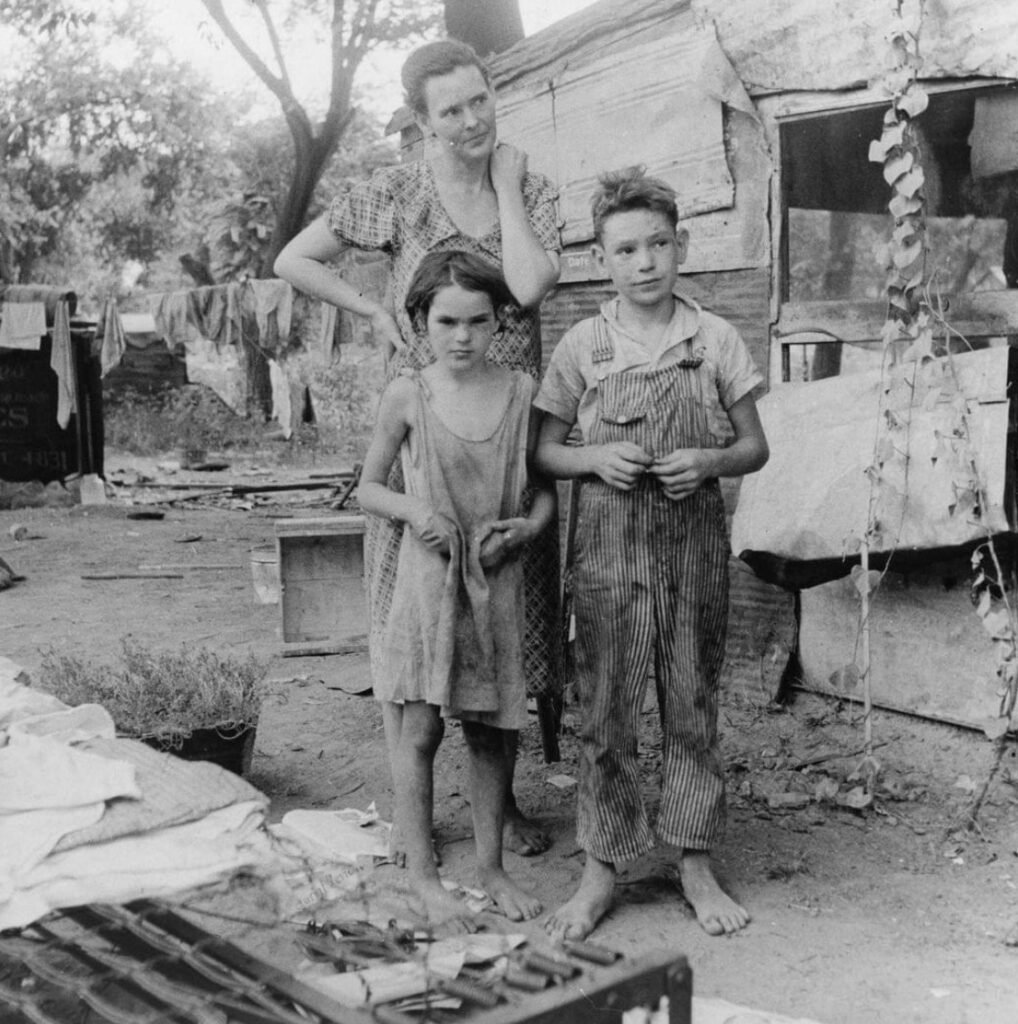
The food of the Great Depression tells a story of hardship, resilience, and ingenuity. Families made the most of limited resources, creating simple yet satisfying meals that sustained them through some of the toughest times in American history. From thrifty recipes like Hoover stew to the communal efforts of soup kitchens, Great Depression food reflects a spirit of determination that continues to inspire us today.
While we may not face the same challenges, the lessons learned from this era—like reducing waste, embracing simplicity, and finding strength in community—remain relevant. By honoring the resourcefulness of those who came before us, we can appreciate the abundance we often take for granted.
To dive deeper into the challenges and creativity of the Great Depression, explore stories like The Other Side of AlCapone: A Mobster’s Mission to Aid the Unemployed or discover how survival skills, like Building a Campfire Likea Pro, were crucial during tough times. These stories remind us that through perseverance and unity, even the darkest days can be overcome.
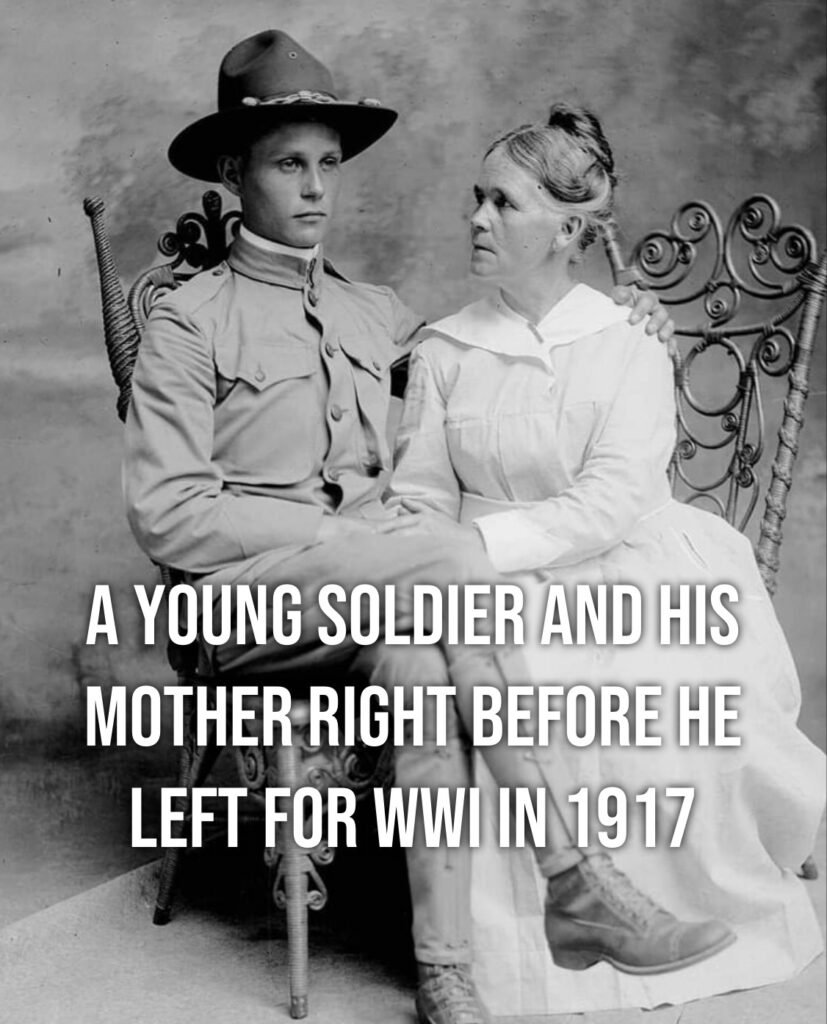
As an Amazon Associate we earn from qualifying purchases through some links in our articles.


